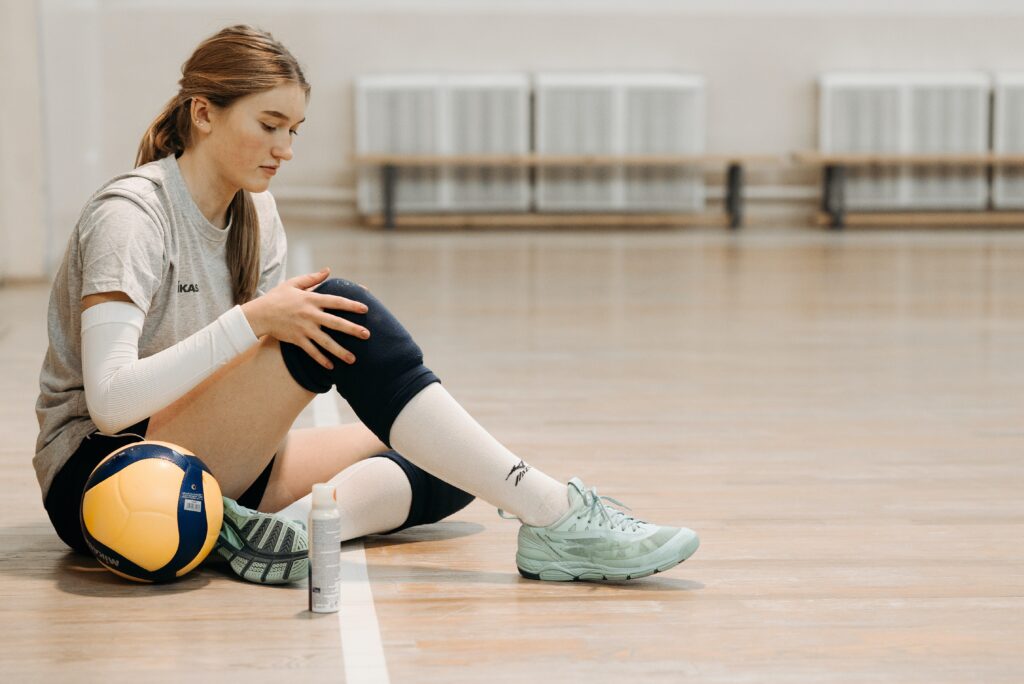Understanding and Managing Knee Pain with Flexion: A Comprehensive Guide
Introduction
Whether it’s climbing stairs or kneeling down to tie your shoes, bending your knee is a part of everyday life. But for some people, knee pain with flexion can make even the simplest tasks unbearable. Understanding what causes this discomfort and learning how to manage it can help you minimize any pain or stiffness in the knee area. The anatomy of the knee, potential causes of pain, diagnosis and treatment options and prevention tips are all important to understand when it comes to addressing knee pain with flexion.
Understanding the Anatomy of the Knee
The anatomy of the knee is complex. It consists of bones, ligaments, tendons, cartilage and muscles all working together in harmony for movements to occur. The bones, muscles and ligaments of the knee help provide support and movement while the cartilage and fluid act as shock absorbers for activities like running or jumping. When one part of the anatomy isn’t working properly, it may present itself as pain with flexion in the knee area.
Causes of Knee Pain During Knee Flexion
Knee pain during flexion can be caused by a variety of conditions. Some of the most common include tendinitis, bursitis, osteoarthritis, meniscal tears and ligament sprains. In addition to these conditions, some traumatic injuries may cause pain when bending the knee as well.
Why Someone Can’t Bend Their Knee Without Pain
To comprehend the etiology of knee pain during flexion, it is crucial to delve into the impact on joint flexibility. Overuse or injury to the constituents comprising the knee can lead to stiffness and restricted mobility, resulting in pain during knee flexion. Furthermore, the presence of sensitive tissues, be it ligaments, muscles, or bones, may also contribute to the discomfort experienced.
Crunching Sound with Pain
Sometimes a crunching sound can accompany the pain when bending the knee. This is generally caused by inflammation in and around the joint that leads to pain movement. This type of grinding noise can often be painful as well.
Diagnosis of Knee Pain with Knee Flexion
If you’re experiencing knee pain during knee flexion, it’s vital to seek medical attention for proper diagnosis. A visit to your doctor will involve X-ray and MRI scans to pinpoint the underlying cause of the pain. Additionally, a physical therapist can provide a comprehensive analysis and help you begin your journey to recovery.
Treatment Options for Knee Pain with Knee Flexion
The treatment plan for knee pain during knee flexion will depend on the underlying cause. Generally, your doctor may recommend rest, physical therapy, and medications to reduce pain and inflammation. If the condition is more severe, surgery may be necessary.
Prevention and Management Tips
In order to prevent or manage knee pain during knee flexion, it’s important to practice proper technique when exercising. This means stretching and strengthening the muscles around the knee joint, as well as taking care to avoid injury. Additionally, using proper protective equipment when engaging in contact sports or activities can help prevent further damage.
When to Seek Medical Attention
If you’re experiencing persistent pain with knee flexion that doesn’t improve after a few days of rest, it is important to seek medical attention. It is also important to visit a doctor or physical therapist if you experience any swelling or redness in the area, as these may be signs of an infection that needs to be treated.
Conclusion
Knee pain during knee flexion can be uncomfortable and limit mobility. Understanding the causes of this type of pain can help you get on your way to recovery. With the proper diagnosis and treatment, most people can find relief from their knee pain. It is also important to practice preventive measures such as stretching and strengthening the muscles surrounding the joint in order to prevent further injury or pain. If you experience any persistent pain during flexion of your knee, make sure to visit your doctor for an evaluation and recommendation on appropriate treatments.

